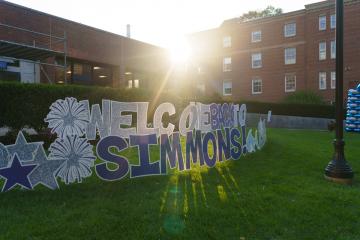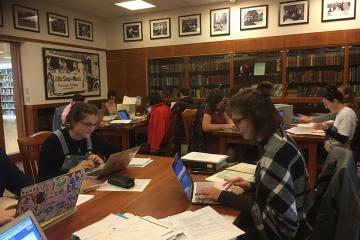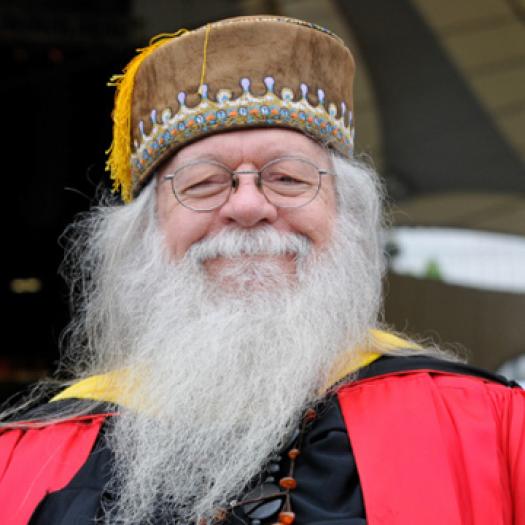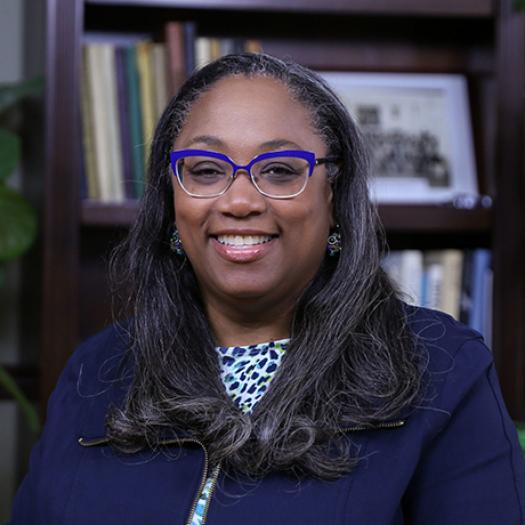Journalism
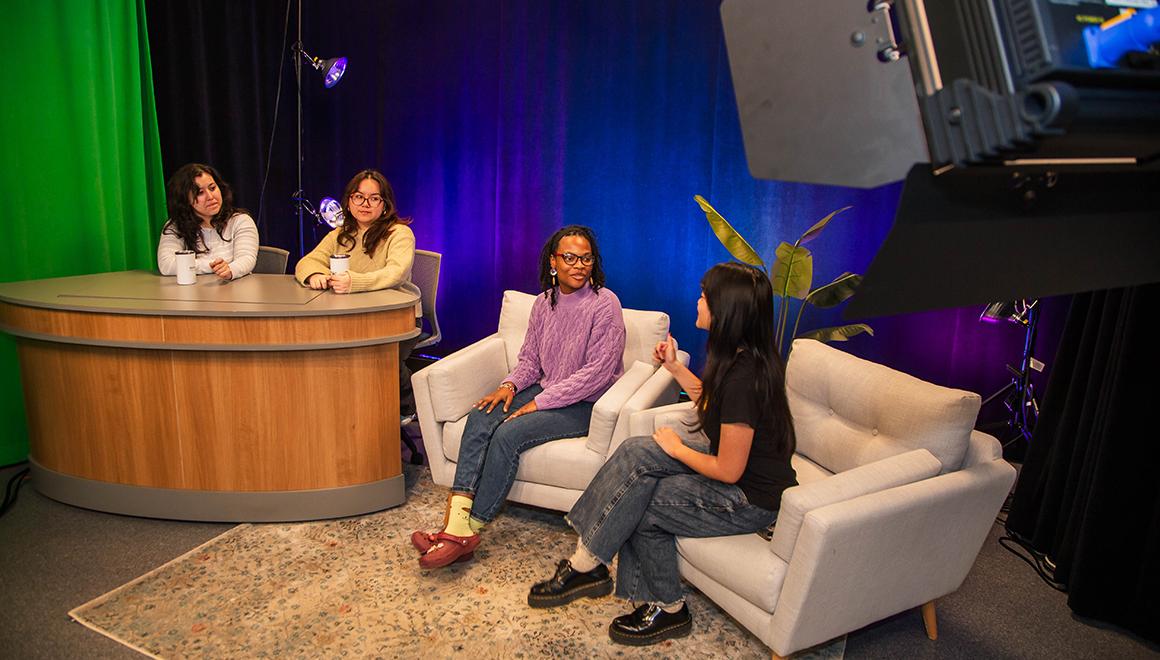
Get ready for a career in modern media
Prepare for an exciting career in the dynamic and evolving journalism field. You'll gain hands-on experience while exploring the powerful role media plays in shaping society.
Tell stories that resonate through digital media, social media, and emerging platforms. Learn to navigate today’s complex media landscape with skill and integrity.
You’ll gain the strategies and skills to practice journalism responsibly and ethically. You will combine strong news writing fundamentals with modern media techniques to thrive in today's emerging markets.
Why pursue a degree in Journalism at Simmons?
Our comprehensive curriculum covers the fundamentals of media writing and editing, multimedia storytelling, visual communication, and in-depth reporting. You'll also fine-tune your technical skills through courses in graphic design and audio/visual editing.
In addition, you'll deepen your understanding of today’s media landscape through courses like video journalism, in-depth storytelling, and media and the First Amendment.
Our faculty are seasoned media professionals who bring real-world experience into the classroom. They offer mentorships and guidance — and also advise our student-run newspaper and radio station.
Simmons' state-of-the-art facilities provide ample opportunities to create, collaborate, and connect. You'll hone your advanced aesthetic abilities and apply them to real-world projects. You may:
- Develop communications strategies for real nonprofit clients at Studio 5.
- Write news stories for our student-run newspaper The Simmons Voice.
- Elevate your voice and learn all things broadcast media at our award-winning station, Simmons Radio: The Shark.
You'll also build your communication skills and resume through internships in Boston and beyond. Recent placements include news organizations such as the Boston Globe, WBUR-AM, and The Wall Street Journal. You’ll enter this rapidly changing industry with an impressive portfolio, ready to take on anything.
Journalism is offered as a stand-alone concentration and minor within the Communications Department.
Following in the footsteps of a pioneer
As a Journalism major, you’ll honor the legacy of our alumna and namesake, Gwen Ifill '77 '93HD.
Ifill was an exemplary journalist, television newscaster, anchor, and author who broke through barriers of prejudice. Her professionalism, integrity, and curiosity stand as a model of excellence and a purposeful life.
Learn more about her story.




